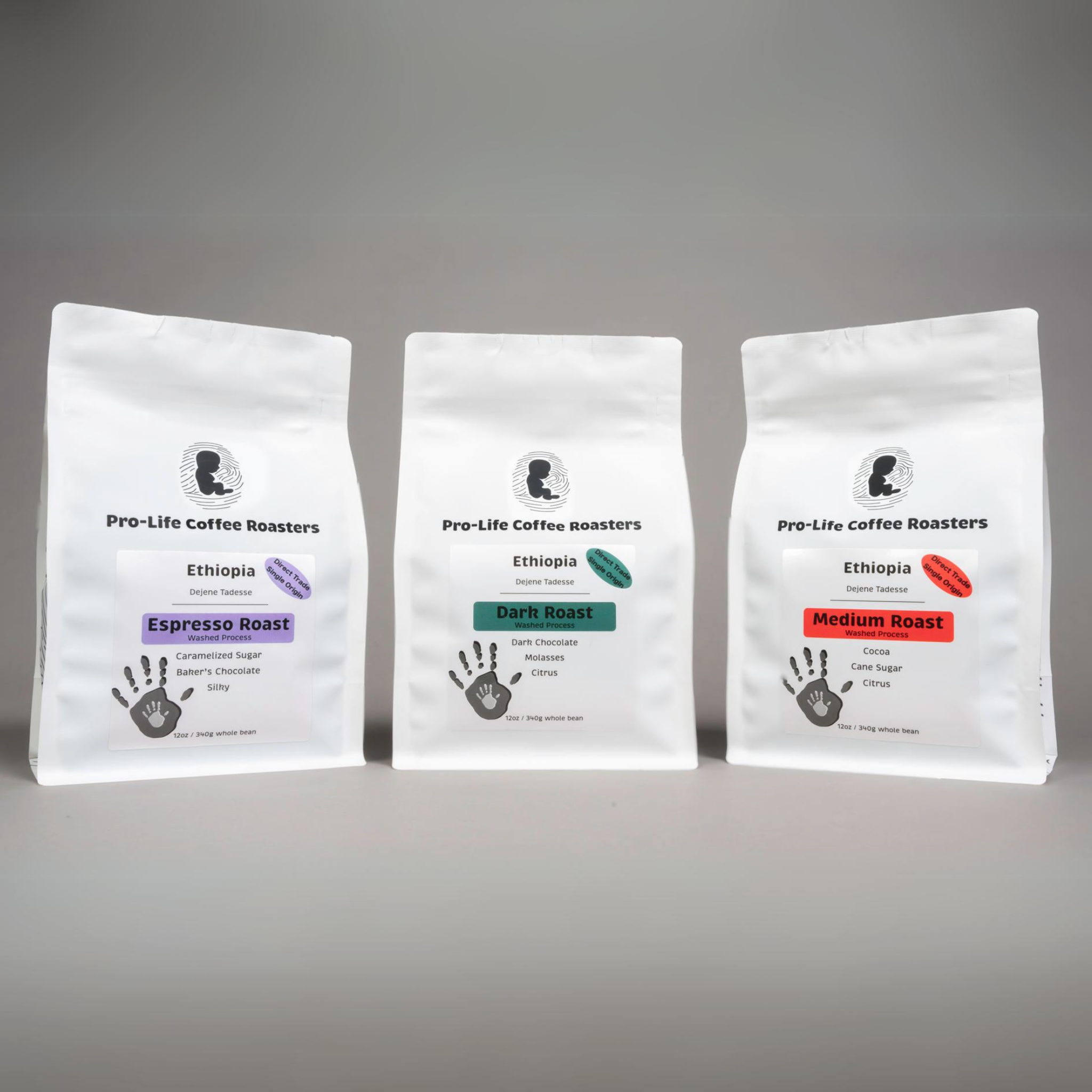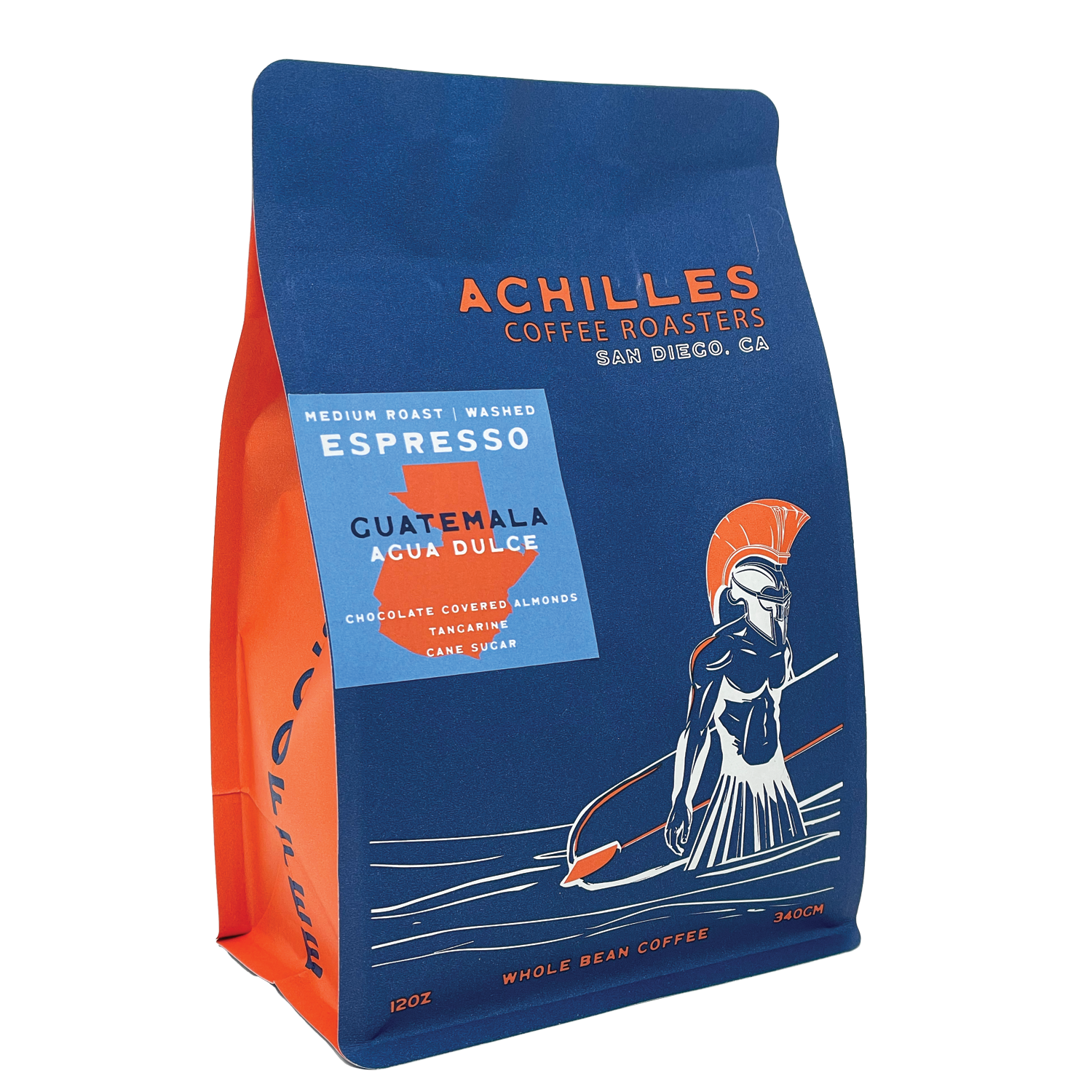What Makes SOE Single Origin Espresso Different from Combination Beans
What Makes SOE Single Origin Espresso Different from Combination Beans
Blog Article
Comprehending Coffee Beans: the Trip From Espresso to Blended Coffee Beans

The Origins of Coffee: An International Perspective
While you may believe of coffee as a contemporary staple, its beginnings map back centuries, linking with cultures around the world. The story begins in Ethiopia, where legend says a goat herder called Kaldi uncovered the invigorating impacts of coffee beans after seeing his goats frolicking energetically after consuming them. This stimulated interest, resulting in coffee's spread to Arab traders that treasured the made beverage. By the 15th century, it reached Persia, Egypt, and Turkey, where coffee shops came to be social hubs for discussion and society.
As trade courses increased, coffee made its means to Europe in the 17th century, rapidly acquiring appeal. It transformed from a mystical beverage into an everyday routine, motivating gatherings and intellectual exchanges. Each culture included its one-of-a-kind spin to coffee preparation, enriching its background. This international trip highlights how coffee connects us, transcending borders and unifying varied practices through an easy bean.
Growing and Harvesting of Espresso Beans
As coffee's trip progressed, the emphasis changed to the farming and harvesting of certain bean ranges, especially those made use of for espresso. You'll locate that espresso beans often come from Arabica or Robusta plants, each offering distinct flavors. The ideal growing problems include high elevations and abundant, well-drained soil, which improve the beans' quality.
During the harvest, picking approaches differ. In some areas, workers hand-pick ripe cherries, making sure only the most effective fruit mosts likely to handling. In other locations, mechanical farmers are utilized, especially on bigger ranches. Timing is important; you want to collect when the cherries get to peak ripeness for optimum taste.
Once collected, the beans are planned for processing, which is vital in determining their last taste. Understanding the growing and harvesting procedures gives you understanding into what goes into your favored coffee, enriching your appreciation for each and every mug.
Processing Approaches: From Cherry to Bean
Since you have actually found out about gathering espresso beans, let's check out just how those cherries transform right into the coffee beans you love. You'll see just how different harvesting strategies impact taste, followed by the crucial steps of fermentation and drying out. Finally, we'll break down the milling and grading procedure that determines your coffee's high quality.
Gathering Strategies Discussed
When it involves coffee, understanding harvesting methods is crucial, since they straight influence the flavor and quality of the beans you take pleasure in. There are two primary techniques: discerning picking and strip picking. Careful selecting includes hand-picking just ripe cherries, ensuring you get the very best quality beans. This technique frequently brings about a richer flavor profile, though it's even more labor-intensive. On the other hand, strip selecting means gathering all cherries at the same time, despite ripeness. While it's quicker and less costly, this can lead to a mix of flavors, affecting the final product. Ultimately, the choice of harvesting method can considerably affect your coffee experience, so it deserves understanding just how those beans made it to your mug.
Fermentation and Drying
After harvesting, the following steps in processing coffee beans play a significant role in shaping their flavor. You'll discover that fermentation is essential, as it assists damage down the mucilage surrounding the beans, improving their preference profile. Depending on the method, this process can last from a few hours to a number of days, with differing results based on temperature level and humidity.
Once fermentation is full, drying follows, which is similarly essential. You can select from sun-drying or mechanical drying out methods. Sun-drying permits the beans to take in flavors from the setting, while mechanical drying warranties constant moisture degrees despite climate. Correct drying is important to prevent mold and mildew and protect the beans' quality, inevitably influencing your cup of coffee.
Milling and Grading Refine
As fermentation and drying out set the phase for taste development, the milling and grading process warranties that only the finest coffee beans make it to your mug. This stage includes removing the outer layers of the coffee cherry, consisting of the parchment and husk. After milling, the beans are sorted by dimension and weight, ensuring an uniform top quality. You'll locate that grading helps determine issues and classify beans, which influences flavor and scent. Top quality beans get a greater grade, leading to a richer coffee experience. As soon as graded, the beans await product packaging and delivery, preserving their special characteristics. This careful process is important for supplying the extraordinary preference you appreciate in every sip of your favorite brew.
Roasting Techniques: Unlocking Flavor Potential
When you roast coffee beans, the method you choose can considerably influence the taste account. Comprehending the connection between time, temperature, and toasting methods is essential to exposing the capacity of your brew. Let's explore how these components integrated to produce the ideal cup.
Roasting Approaches Explained
While you could think that all coffee roasting methods yield the same outcomes, the truth is that each strategy reveals special flavor capacities in the beans. Drum toasting uses a revolving drum to uniformly disperse heat, improving caramelization and generating a balanced taste. Air roasting, on the other hand, flows warm air around the beans, promoting a lighter roast with pronounced acidity.

Impact on Flavor Account
Different toasting approaches not only affect the procedure but likewise look at here substantially impact the flavor account of the coffee beans. Dark roasts, on the various other hand, bring out strong, great smoky tastes, occasionally masking the bean's distinct qualities. Recognizing these subtleties assists you appreciate the artistry behind your cup of coffee, boosting your total experience with every sip.
Time and Temperature Level Aspects
To release the full flavor possibility of coffee beans, both time and temperature level during the roasting procedure play substantial functions. When roasting, you'll find that greater temperature levels can rapidly develop tastes, yet if you hurry it, you may wind up with burnt notes. Alternatively, reduced temperatures allow for an extra steady flavor development, click over here now showcasing the beans' unique features.

Timing is just as important; prolonging the roast too long can bring about a loss of acidity and brightness, while also brief a roast may leave the beans underdeveloped. Finding that pleasant area needs practice and testing. By readjusting these aspects, you can expose the abundant, complex flavors concealed within each bean, creating a genuinely impressive coffee experience.
The Art of Mixing: Crafting One-of-a-kind Coffee Accounts

Begin by choosing a base coffee that supplies a strong structure. A bright Ethiopian bean can bring fruitiness, while a rich Brazilian coffee adds body.
As you mix, maintain in mind that each combination tells a story. You're not just making coffee; you're creating an experience. Take your time, preference regularly, and take pleasure in the trip of uncovering your trademark blend - Single Origin Espresso.
Brewing Approaches: Just How Prep Work Impacts Flavor
Blending coffee opens a domain name of taste opportunities, yet just how you brew that blend can significantly influence your last mug. Various brewing methods extract distinct flavors and aromas, so it's important to pick intelligently. For circumstances, a French press permits oils and debris to remain, creating an abundant, robust experience. On the other hand, a pour-over highlights the coffee's clarity and brightness, ideal for showcasing delicate notes.
Coffee, with its high pressure, creates a concentrated shot that accentuates sweet taste and crema. If you favor a lighter mixture, consider a chilly brew method; it produces a smooth, less acidic preference.
Inevitably, experimentation is vital. Adjusting variables like water temperature level, grind size, and brew time can change your coffee's profile. So, welcome the art of brewing to find the tastes hidden in your coffee blends. The right technique can boost your experience to new heights.
The Future of Coffee: Sustainability and Advancement
As the coffee industry progresses, sustainability and development are coming to be crucial for attending to ecological challenges and conference consumer demands. You'll notice that more coffee business are taking on environment-friendly methods, from sourcing beans ethically to applying sustainable farming strategies. These shifts not just help the earth however additionally improve the high quality of the coffee you enjoy.
You could see technologies like naturally weblink degradable packaging and water-saving developing methods that lower waste. Advanced innovation, such as blockchain, is likewise becoming popular, making certain transparency in the supply chain, which permits you to trace your coffee back to its beginnings.
On top of that, investing in regional areas and sustaining farmers via fair trade campaigns cultivates a more sustainable coffee ecosystem. As you sip your next mug, keep in mind that your selections can add to a brighter future for coffee. By selecting sustainable brands, you're not simply enjoying a beverage; you're making a favorable influence on the world.
Often Asked Inquiries
What Is the Distinction Between Arabica and Robusta Beans?
Arabica beans are smoother, sweeter, and have a higher level of acidity, while robusta beans are more powerful, extra bitter, and consist of more high levels of caffeine. When brewing your coffee., you'll see these differences in flavor and fragrance.
Exactly How Does Elevation Affect Coffee Bean Flavor?
Elevation effects coffee bean flavor substantially. Higher altitudes produce beans with brighter level of acidity and complex tastes, while lower elevations typically yield beans that are heavier and much less nuanced. You'll discover these distinctions in your cup!
What Are the Wellness Benefits of Alcohol Consumption Coffee?
Drinking coffee can improve your energy, enhance psychological focus, and also boost physical performance. It's abundant in anti-oxidants, may reduce the risk of specific conditions, and can promote a healthier metabolic rate when consumed in small amounts.
Can Coffee Beans Be Reused for Brewing?
Yes, you can recycle coffee beans for brewing, however the taste may be weak. If you enjoy trying out, try recycling them in different ways, like chilly mixtures or adding to smoothies for an additional kick.
Exactly how Should I Store Coffee Beans for Freshness?
To maintain your coffee beans fresh, store them in a closed container in an awesome, dark area. Prevent revealing them to light, heat, or wetness, as these factors can promptly deteriorate their taste and scent.
Understanding Coffee Beans: the Journey From Coffee to Blended Coffee Beans.
Currently that you've discovered about gathering espresso beans, let's check out exactly how those cherries change into the coffee beans you like.When you roast coffee beans, the method you pick can drastically influence the flavor profile - Single Origin Espresso.While you may assume that all coffee toasting methods yield the same outcomes, the fact is that each strategy discloses one-of-a-kind taste possibilities in the beans.Various roasting techniques not only influence the procedure yet likewise substantially influence the taste profile of the coffee beans
Report this page